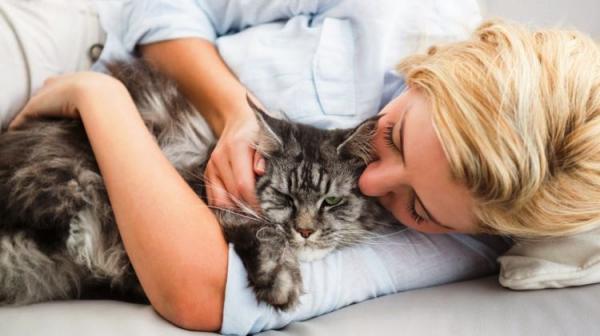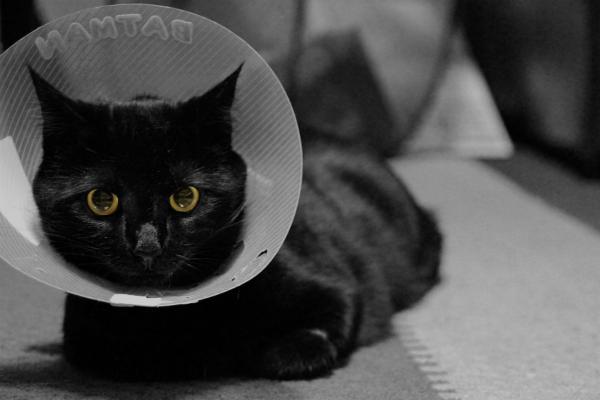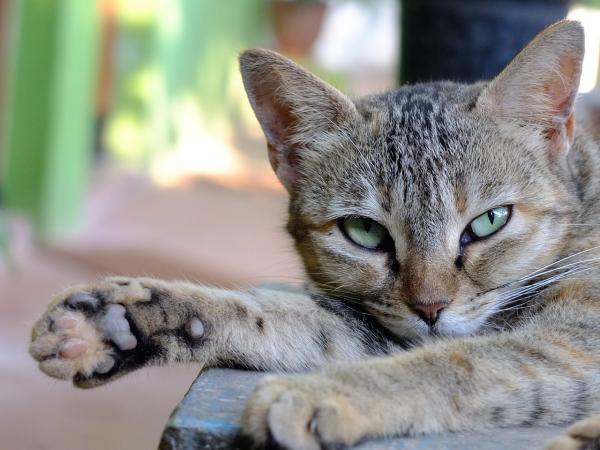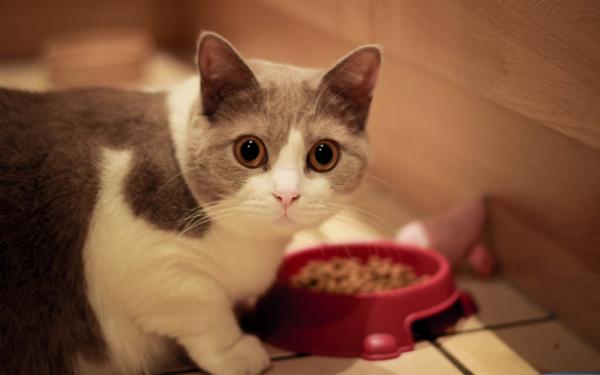Care for a sterilized cat

The care of our pets is a great responsibility, something that should not be taken lightly. It is nice to have a pet, a cat or cat for example, and it is also very nice when it has puppies. However, not everyone can take care of their offspring, and before encouraging abandonment it is preferable to sterilize the animal. A solidary option due to the large number of dropouts in the world.
Whatever the factor for which you have decided to sterilize your cat, you must put into practice a series of care that will help your cat heal faster and have no complications in your recovery, after the operation that you practice.
Not all people are responsible and if you are reading this article let us congratulate you, since you are responsible with the care of your pet and you know how to give it its place. In this article you will be able to read the care for a sterilized cat that will allow you to stabilize and help in the recovery of your cat.
Care to protect the wound
After performing the operation and when the effects of the anesthesia have passed, your cat will try to remove the points suture of the operation. This should be avoided at all costs since the veterinarian sutured 3 layers, the peritoneal plane, the subcutaneous fascia and the skin or superficial plane.
For this reason, prevent access of the cat to the woundFor example, a bandage can be placed on the belly, however it is not as recommendable as the cat has easy access to the wound and can remove the bandage very easily.
Another method to prevent access to the wound is to use the Elizabethan collar or cone, which is very effective in this purpose. The only drawback is that this artifact causes stress and depression in the cat, it can even go to the extreme of not eating.
An option that seems more effective is to use a kind of corset, which must be created by the owner. You must use a cotton shirt or polo shirt for that purpose, from which you must cut a rectangle so that it covers the cat, holes must be opened for the legs and on the sides make cuts so that there are strips. These strips at the end can be tied on the back of the cat and is a more comfortable option for your pet.

Care to heal the wound
There are also a series of care in relation to wound healing, as for example we must heal the same three times a day, to contribute to a faster healing. To heal the wound is necessary to have gauzes and medicines like Iodopovidin and Neomycin, depending on what the doctor has prescribed.
An effective process may be to first cleanse the area with Iodopovidin and then apply an antibiotic such as Neomycin. This is something that you must meet daily and very carefully, since it is vital for your cat to recover as soon as possible.

Food care
You also have to take into account different food cares since your cat will not be in the same conditions as usual. The first thing you should do is place the food in comfortable places, not in high places, preventing the cat from making the effort to jump.
If you do not eat you do not have to force it, we have to wait until she looks for food herself. If it is the case that you spend a lot of time not wanting to eat, it is best to call the vet to make sure everything is going well.
During the first days you can reduce the amount of food and drink by half, at least as you see that your cat begins to recover. One of the options is to provide the cat with canned food, as these are more hydrated (they contain a high percentage of water) and are more appetizing for the recently operated.
In addition, you have to control the cat’s diet since some castrated cats have a tendency to get fat. Discover how to prevent obesity in cats.

Other care to be taken into account
If you have other pets in your home or are thinking of adopting a stray cat (for example) you must be careful that they do not bother your recently operated cat, as they can hurt her. It is preferable that there is not much hustle and bustle in the home and that we wait to adopt a new pet.
It is also normal that the behavior of the cat change and is more irritable or does not want to receive caresses. That must be temporary. If you notice a very abrupt change in your way of acting do not hesitate to consult the veterinarian, he will help you. If you notice that there is blood in the wound or unusual symptoms such as vomiting or diarrhea you should immediately consult the specialist.

If you have visited this article because you have doubts about sterilization Do not hesitate to visit the advantages of sterilizing a cat and find out why so many people decide to do it.
If you want to read more articles similar to Care for a sterilized cat, we recommend that you enter in our section of extra care.


